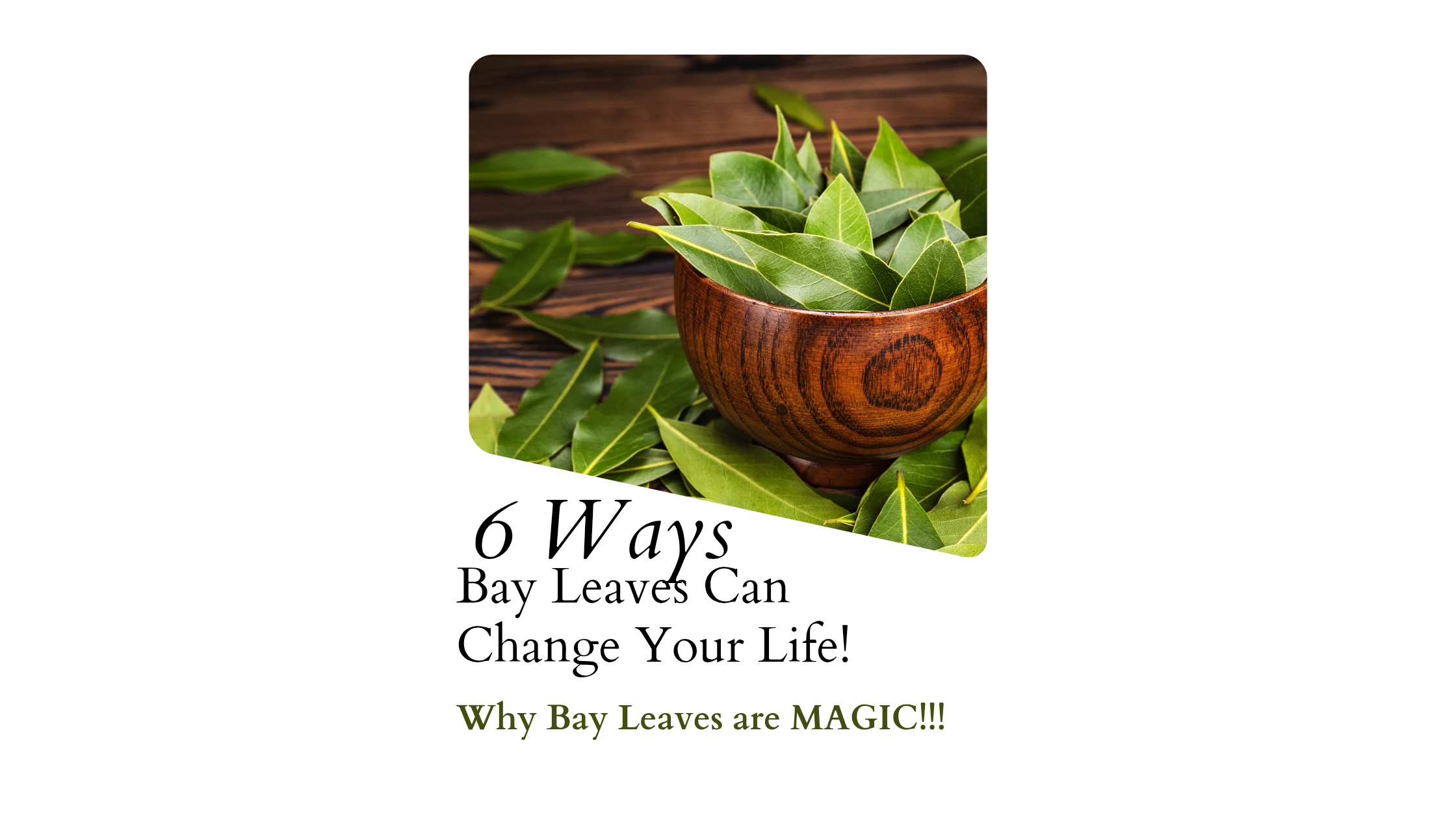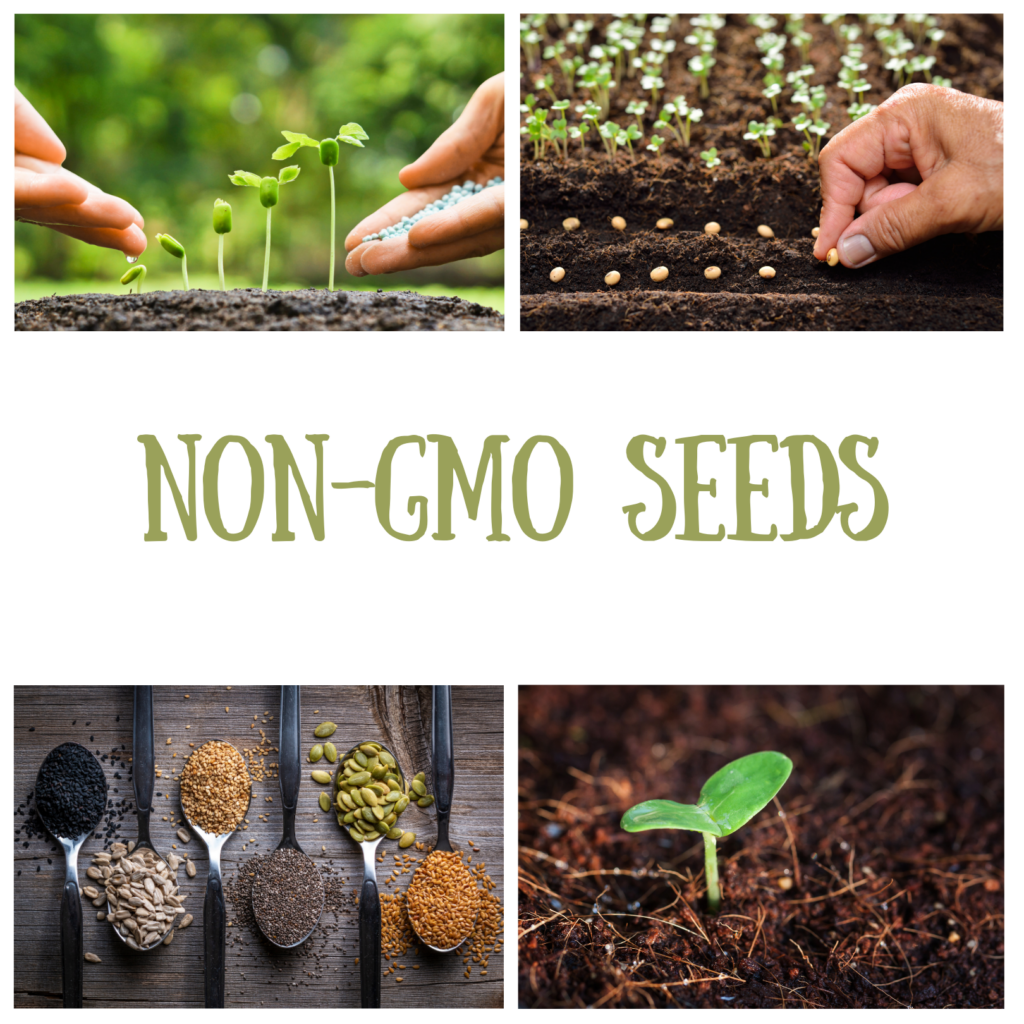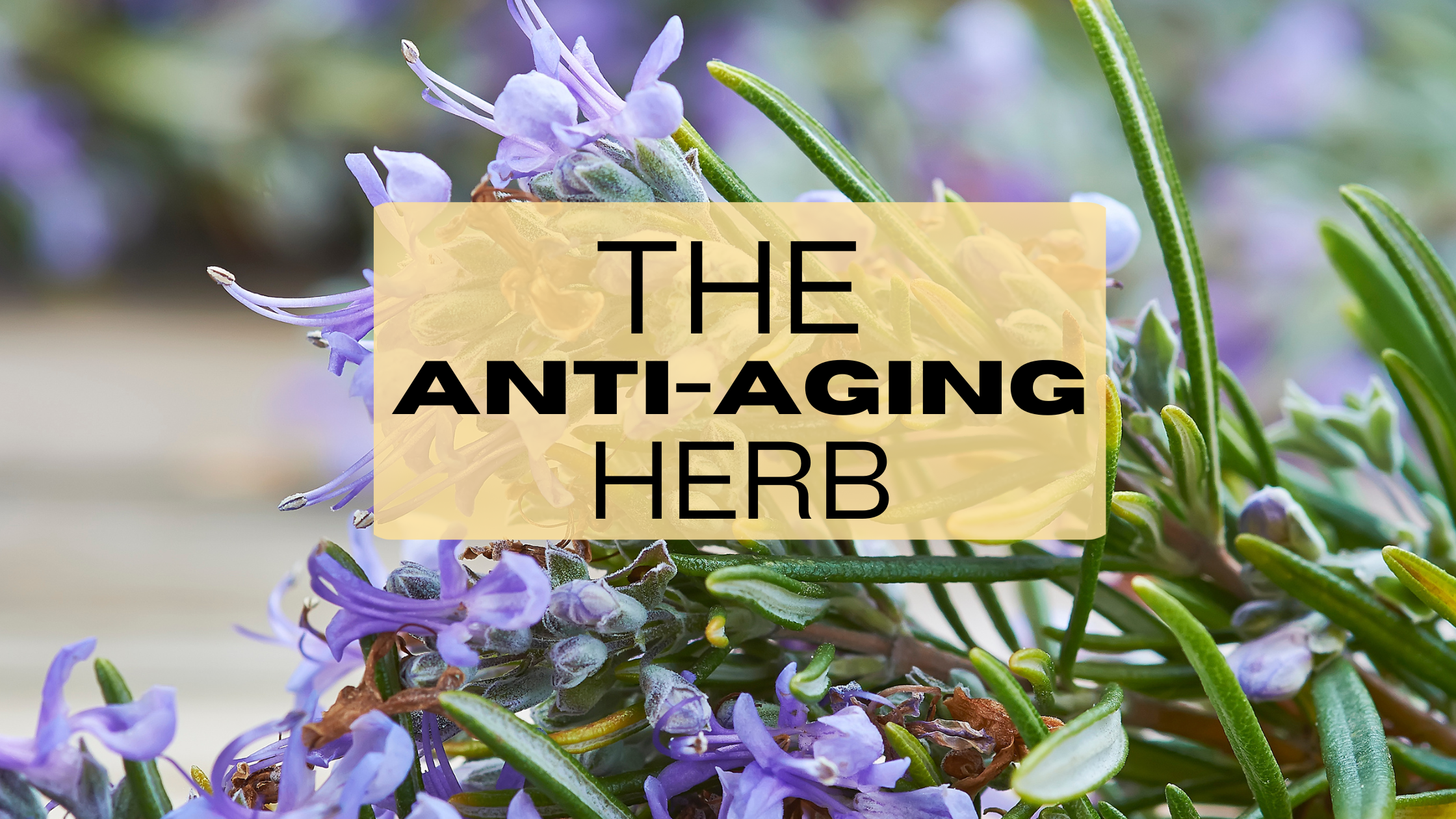Bay leaves
Burn It, Brew It, Breathe It: Why Bay Leaves Are Magic
I’ll admit, I’ve been using bay leaves for years, in my beans and soups. Why? Because that’s what I’ve watched my elders do, and that’s what a lot of recipes said. It wasn’t until recently I realized how much more it is than just a seasoning. It’s actually been used for centuries for its health benefits… ones that are simple to get and may surprise you.
So let’s talk about the legit benefits and how to use them in ways that feel doable and, most importantly, effective.
A Quick History Lesson
Since the time of the ancient Greeks and Romans, bay leaves were believed to symbolize wisdom, protection, and peace. Fast forward to today, and we’re rediscovering that these leaves pack some serious health benefits. They are a natural powerhouse. They’re not just a flavor booster; they’re a mood booster, a decongestant, and even a stress reliever. Let’s break down some of the best-known benefits of bay leaves, and I’ll sprinkle in some easy ways to use them.
- Relieves Anxiety and Stress
Feeling stressed or anxious? One natural way to calm your nerves is to burn a bay leaf.
How to Do It:
- Take a dried bay leaf, place it in a fire-safe dish, and light one end. Let it burn for a few seconds before blowing it out. It will smolder like incense.
- The scent released is soothing and has been said to help reduce anxiety and improve your mood. It’s like aromatherapy but with a more earthy, natural vibe.
- Helps Open Up Your Respiratory System
If you’ve got a stuffy nose or sinus congestion, bay leaves can come to the rescue. The essential oils released from bay leaves have antimicrobial properties and can help open up your airways.
How to Use It:
- Boil a pot of water.
- Add a few bay leaves.
- Remove it from the heat, cover your head with a towel, and lean over the pot (carefully!) to inhale the steam for a few minutes.
It’s like a natural, DIY VapoRub session. Great for colds, allergies, or just when you feel stuffy and need some relief.
- Boosts Your Immune System
Bay leaves contain compounds like linalool and cineole that have anti-inflammatory and antioxidant properties. Translation? They can help give your immune system a little boost.
How to Use It:
- Make a simple bay leaf tea. Steep 2-3 bay leaves in hot water for about 10 minutes. Add a little honey or lemon if you’d like.
This is an easy, daily way to get those benefits without much fuss. Plus, it’s a nice alternative to plain water when you want something warm and comforting.
- Improves Alertness and Focus
If you’re feeling sluggish, bay leaves can help sharpen your mind. Inhaling the scent of burning bay leaves is said to improve alertness and reduce mental fatigue.
Quick Tip:
- Burn a bay leaf before starting your workday or when you need to focus on a project. It’s a natural pick-me-up that’s way better than that third cup of coffee!
5. Supports Digestive Health
Bay leaves have been used traditionally to aid digestion, reduce bloating, and calm upset stomachs.
How to Use It:
- Add a bay leaf to your next pot of beans or lentils. It not only enhances the flavor but also helps reduce the gas that legumes tend to cause. And don’t forget to soak the beans for at least 8 hours. As my father used to say, “you’ve got to burp the beans baby.” No more post-dinner regrets!
6. Natural Insect Repellent
Who would have thought – bay leaves can help keep pests away too.
How to Use It:
- Place dried bay leaves in your pantry or cupboards to repel bugs like ants and cockroaches.
Practical Tips for Using Bay Leaves in Everyday Life
- Cooking: Add bay leaves to soups, stews, legumes, and sauces. Just remember to remove them before serving! Although they are safe to eat, they are tough and fibrous, making them hard to chew and digest.
- Tea: Brew bay leaf tea for a calming, immune-boosting drink.
- Burning: Use bay leaves for stress relief and mental clarity.
- Inhalation: Steam with bay leaves to clear congestion.
- Home Protection: Place bay leaves around your home to repel insects.
How to Grow Bay Leaves at Home
Bonus! You can grow your own bay leaves. The official plant name is Bay laurel.
- Plant in a sunny spot: Bay laurel loves full sun, but it can tolerate some shade.
- Use well-draining soil: Whether in a pot or the ground, make sure your soil doesn’t stay soggy.
- Water moderately: Let the soil dry out a bit between waterings. Bay laurel prefers to be on the drier side.
- Prune to shape: Bay laurel grows slowly, but regular pruning keeps it bushy and manageable.
- Harvest wisely: Once your plant is established, you can pick fresh leaves as needed or dry them for later use.
So it’s simple to grow but slow. It takes 1-2 years to harvest. But bay laurel is a perennial plant, which means once it’s established, it keeps growing year after year — no need to replant. Just give it a sunny spot, well-draining soil, and a little pruning, and you’ll have fresh bay leaves to harvest for years to come.
If you try any of these remedies, let me know how they work for you! We’re all about learning and growing together here at GreenDesert.org.
We have an entire page of natural remedies. If you have natural remedies you choose, please share them — it takes a community!











